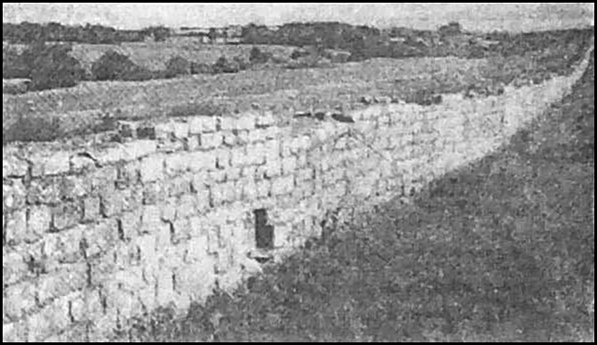Sensory, Attentional And Perceptual Processes
Describe some important monocular cues that help in judging the distance and depth in two dimensional surfaces.
Some important monocular eyes that in judging the distance and depth in two dimensional surfaces are as follows:
(i) Relative Size: The size of retinal images allows to judge distance based on past and present experiences with similar objects. As the objects gets away, the retinal image becomes smaller and smaller. One tends to perceive an object farther away when it appears small, and closer when it appears bigger.
(ii) Interposition or Overlapping: These cues occur when some portion of the object is covered by another object. The overlapped object is considered farther away, whereas the object that covers it appears nearer.
(iii) Linear Perspective: This reflects a phenomenon by which distant objects appear to be closer together than the nearer objects. For example, parallel lines, such as rail tracks, appear to converge with increasing distance with a vanishing point at the horizon. The more the lines converge, the farther away they appear.
(iv) Aerial Perspective: The air contains microscopic particles of dust and moisture that make distant objects look hazy or blurry. This effect is called aerial perspective. For example, distant mountains appear blue due to the scattering of blue light in the atmosphere, whereas the same mountains are perceived to be closer when the atmosphere is clear.
(v) Light and shade: In the light some parts of the object get highlighted, whereas some parts become darker. Highlights and shadow provide us with information about an object’s distance.
(vi) Relative Height: Larger objects are perceived as being closer to the viewer and smaller objects as being farther away. When we expect two objects to be the same size and they are not, the larger of the two will appear closen and the smaller will appear farther away.
(vii) Texture Gradient: It represents a phenomenon by which the visual field having more density of elements is seen farther away in the figure given below the density of stones increases as we look farther away.

Fig. Texture Gradient
(viii) Motion Paraller: It is a kinetic monocular cue, and hence not considered as a pictorial cue. It occurs when objects at different distances move at a different relative speed. The distant objects appear to move slowly than the objects that the close. The rate of an object’s movement provides a cue to its distance. For example, when we travel in a bus, closer objects move “against” the direction of the bus, whereas the farther objects move “with” the direction of the bus.
Sponsor Area
Some More Questions From Sensory, Attentional And Perceptual Processes Chapter
What is colour vision and what are the dimensions of colour?
How does auditory sensation take place?
Define attention. Explain its properties.
State the determinants of selective attention. How does selective attention differ from sustained attention?
What is the main proposition of Gestalt phychologists with respect to perception of the visual field?
How does perception of space take place?
What are the monocular cues of depth perception? Explain the role of binocular cues in the perception of depth.
Why do illusions occur?
Which part of our body collect information from the external world as well as from our own body?
Name the basic process on which our knowledge of the world around us depend.
Mock Test Series
Sponsor Area
NCERT Book Store
NCERT Sample Papers
Sponsor Area